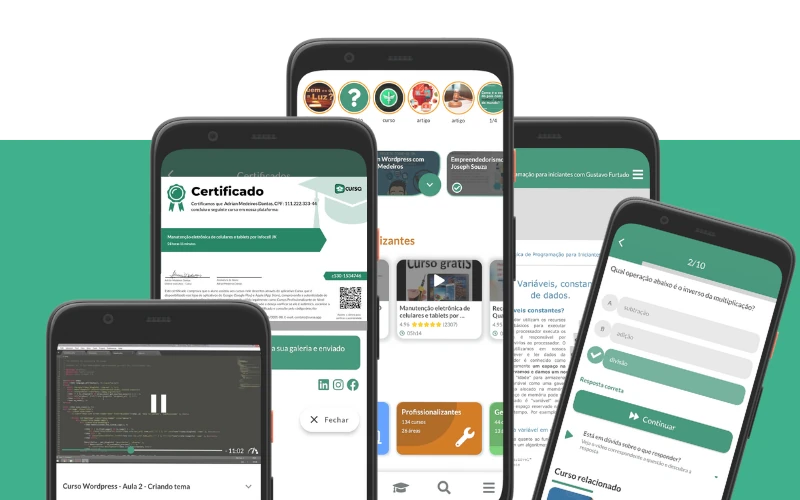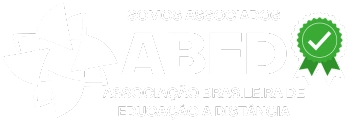3. Numbers and Currency - Making Payments and Understanding Prices
When traveling to English-speaking countries, or any country where English is widely used, understanding numbers, currency, and how to make payments is crucial. This section will guide you through the essentials of dealing with money, from recognizing different denominations to asking for prices, and making transactions smoothly.
Understanding Currency
Each country has its own currency system. The United States uses the dollar ($), the United Kingdom uses the pound sterling (£), and many countries in Europe use the euro (€). It's important to familiarize yourself with the currency of the country you're visiting. You should know the basic denominations of both coins and notes. For example, U.S. coins include pennies (1 cent), nickels (5 cents), dimes (10 cents), quarters (25 cents), and occasionally half dollars (50 cents) and dollar coins. Notes come in denominations of $1, $5, $10, $20, $50, and $100.
Numbers in Everyday Use
Being comfortable with numbers is essential for understanding prices and making payments. Here are the numbers 1-20, which are the building blocks for most price-related conversations:
- 1 – one
- 2 – two
- 3 – three
- 4 – four
- 5 – five
- 6 – six
- 7 – seven
- 8 – eight
- 9 – nine
- 10 – ten
- 11 – eleven
- 12 – twelve
- 13 – thirteen
- 14 – fourteen
- 15 – fifteen
- 16 – sixteen
- 17 – seventeen
- 18 – eighteen
- 19 – nineteen
- 20 – twenty
For numbers above twenty, you combine the tens (thirty, forty, fifty, etc.) with the digits (one, two, three, etc.). For example, 23 is "twenty-three," 57 is "fifty-seven," and so on.
Asking for Prices
When you want to know how much something costs, you can ask:
- How much is this?
- What's the price of that?
- Can you tell me how much it costs?
The answer will usually contain the currency followed by the amount. For example, "That's five dollars and ninety-nine cents," or "It's twenty pounds and fifty pence."
Understanding Prices
Prices are usually written with the currency symbol followed by the amount. For example, $15.99 means fifteen dollars and ninety-nine cents. In some countries, the currency symbol comes after the amount, like in France, where you might see 20€.
When prices are spoken, they are often rounded to the nearest major currency unit for simplicity. For example, $3.99 might be said as "just under four dollars" or "about four dollars."
Making Payments
There are several ways to make payments: cash, credit/debit card, or mobile payment systems like Apple Pay or Google Wallet. When paying in cash, it's important to use the correct terminology:
- Can I have the bill, please? (in a restaurant)
- Could I pay with cash?
- Do you have change for a fifty?
When paying with a card, you might be asked:
- Will that be credit or debit?
- Can I see some ID with your credit card?
- Please enter your PIN. (for debit cards)
Mobile payments are increasingly common, and you might simply hear:
- Do you take Apple Pay?
- Can I pay with Google Wallet?
Calculating Tips and Taxes
In many English-speaking countries, particularly the United States, it is customary to leave a tip for services such as dining in a restaurant or taking a taxi. The standard tip is usually between 15% to 20% of the total bill before tax. To calculate a tip, you can use the following method:
- Move the decimal point one place to the left to find 10% of the bill.
- Divide that number in half to find 5%.
- Add those two numbers together for a 15% tip, or double the 10% for a 20% tip.
For example, if your bill is $50.00:
- 10% is $5.00.
- 5% is $2.50.
- A 15% tip would be $7.50.
- A 20% tip would be $10.00.
Taxes are often not included in the displayed price, especially in the U.S. Sales tax can vary by state and even by city, so it's important to ask or be aware of the local tax rate to avoid surprises when you receive the final bill.
Exchanging Money
When you arrive in a new country, you'll often need to exchange your home currency for the local currency. You can do this at currency exchange offices, banks, or even at some hotels. Be aware of the exchange rate and any fees that might be applied. It's also a good idea to know some basic phrases for this situation:
- Where can I exchange money?
- What's the exchange rate for dollars to pounds?
- Can I get a better rate for a larger amount?
In conclusion, being able to converse about numbers and currency is a fundamental skill for any traveler. It allows you to handle money confidently, understand prices, make payments, and navigate financial transactions with ease. By mastering the concepts and phrases outlined in this guide, you'll be well-equipped to manage your finances during your travels.









